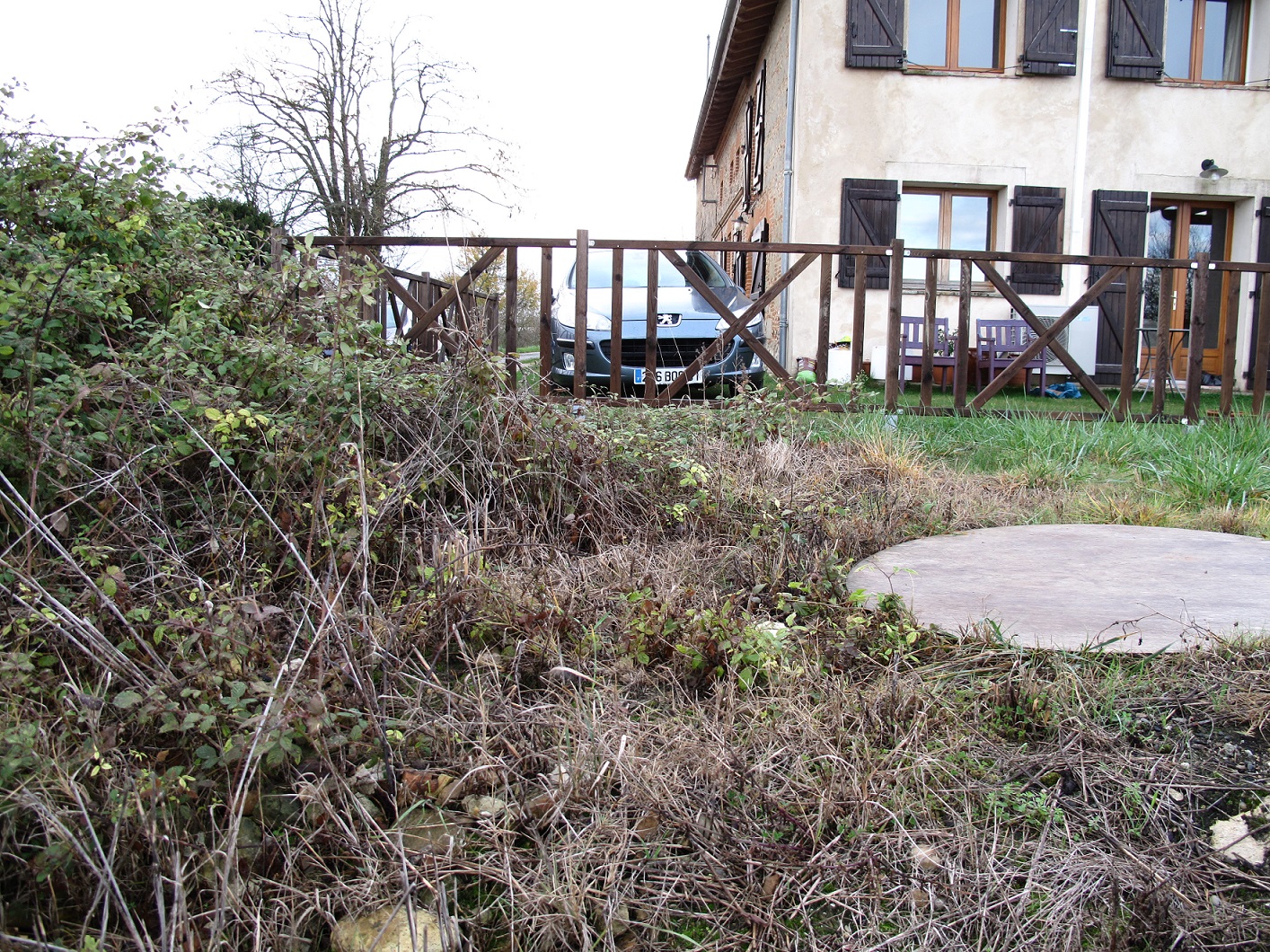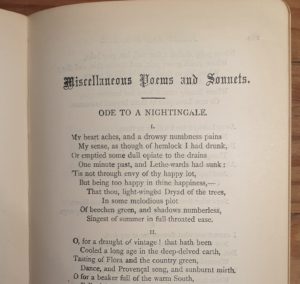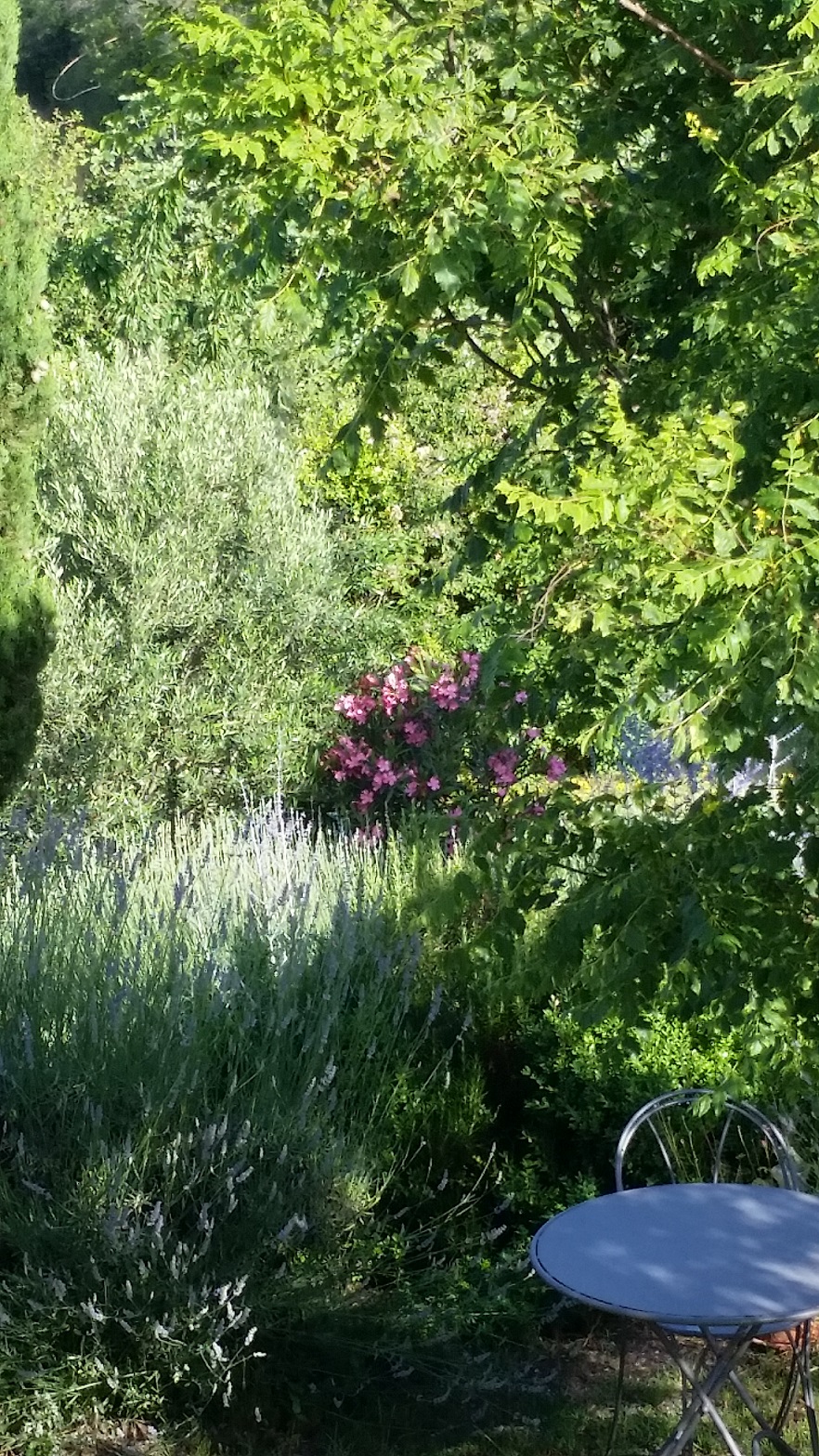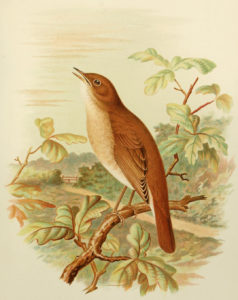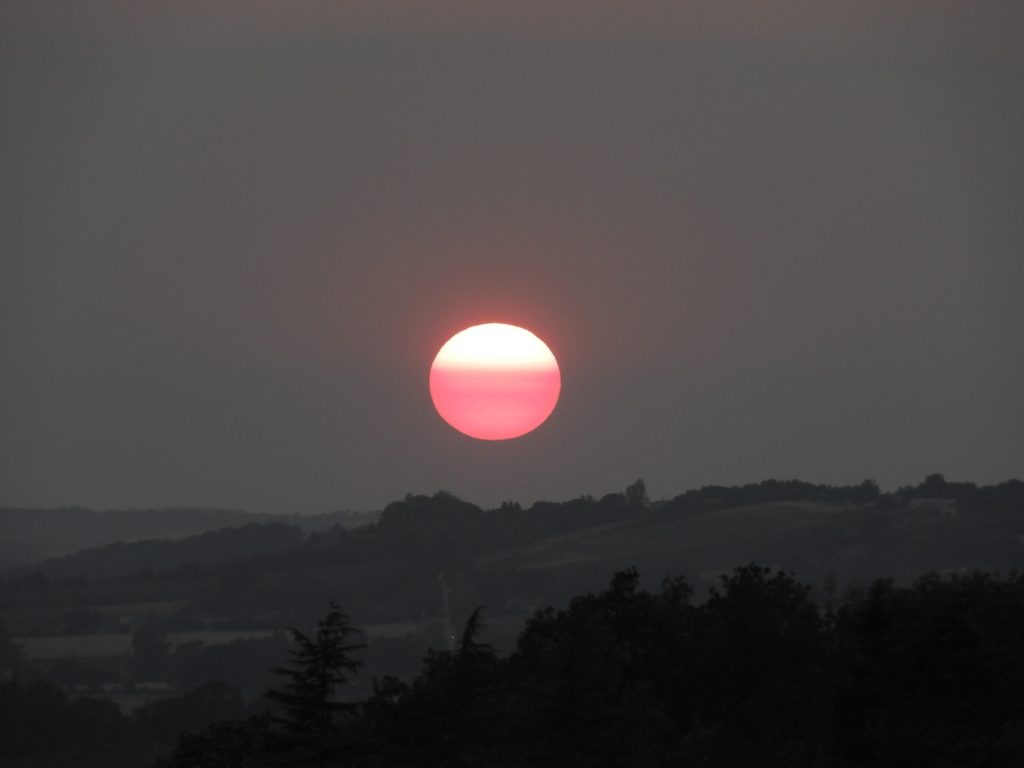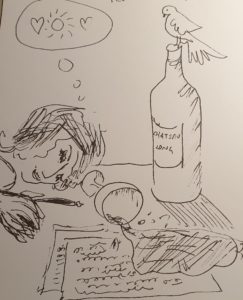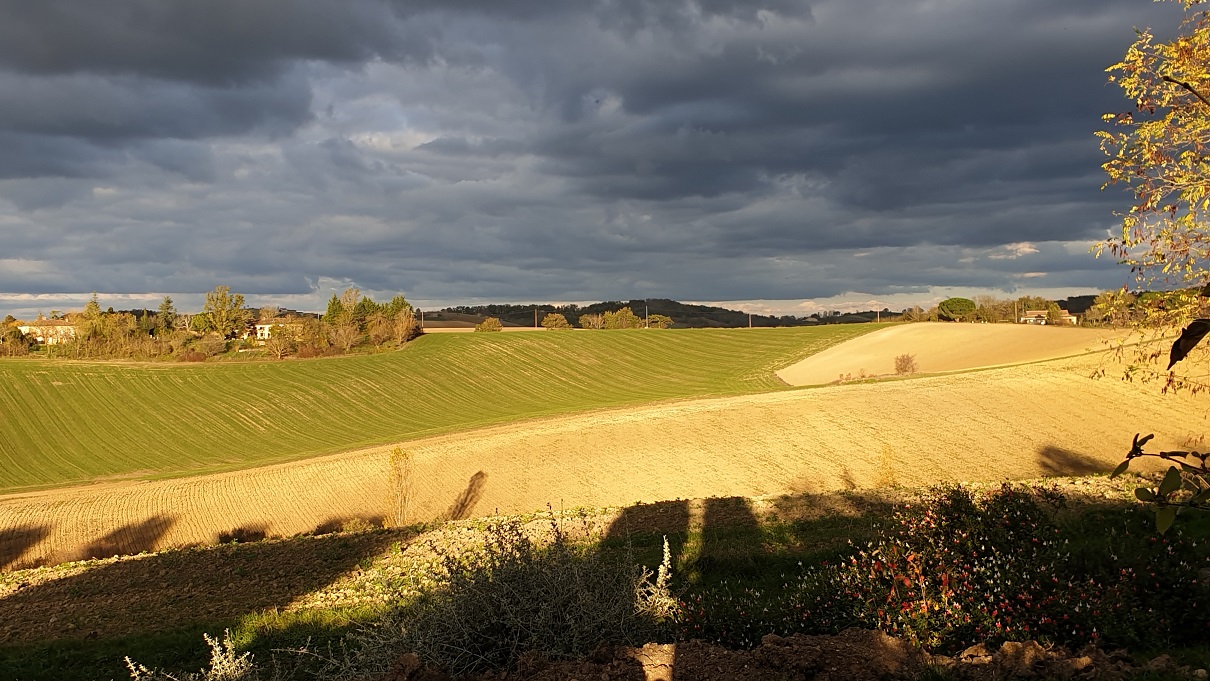
It’s official – the world has gone mad. Real wars with tanks and rockets, political wars, economic wars, vaccine wars, culture wars, and eco wars, in which privileged middle-class dimwits consider hurling mashed potatoes and tins of tomato soup at inanimate works of art to be an act of heroism akin to standing up to Iran’s morality police. ‘I definitely did feel scared,’ said one of the ‘Just Stop Oil’ pair who threw tomato soup over Van Gogh’s ‘Sunflowers’. Ah, bless. And, as The Times revealed, these heroes are funded by, among others, heiress Aileen Getty, granddaughter of J Paul Getty, once the richest man in the world, and, wait for it, former oil tycoon…

As autumn arrives in our hamlet we are glad to be far from the madding crowd and enjoying the douceur of the countryside. Our local heroine is La Dame Guiraude de Lavaur, who in 1211, dared to defy Simon De Montfort’s brutal troops by offering her protection to the persecuted Cathars. For her courageous stance, she was given to the crusading soldiers, raped, thrown down a well and stoned to death.
EXTRACT: FROM NETTLES TO NIGHTINGALES: Hedge Planting and Meadow Makeover
In 2012 our garden was showing some signs of becoming the Mediterranean paradise we’d envisioned in the nightingale-induced Epiphany of our first night at The Cowshed. The next pressing task was to plant hedges. A shift was taking place in the countryside; as small farmers grew too old to work the fields, they would lease or sell. The new owners, with their giant machines, had ripped out some of the old hedgerows, causing mud slides down the hillsides as well as removing natural habitats. Our new ones would not only serve as attractive boundary markers, they would make an important contribution to wildlife propagation and diversity, providing leafy habitats to numerous creatures – the nice ones, of course, birds, rabbits and maybe even hares.
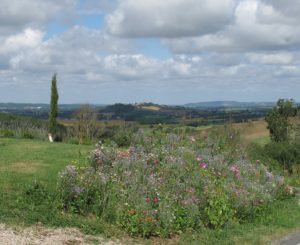
In the spring of 2012 I was strolling down the chemin when I noticed a bizarre scene in the bare field on the left. Two dogs were standing on their hind legs having a fight. A closer look revealed the dogs had very long ears and white tails…mad March hares having a boxing match! What a thrill! It was the first time I’d ever seen a hare, let alone a pair of them knocking the stuffing out of each other, their forepaws a blur of movement. In the years to come, we saw many more, and during the summer of 2020 when a serious drought descended on Occitania, we were treated to another magical experience.
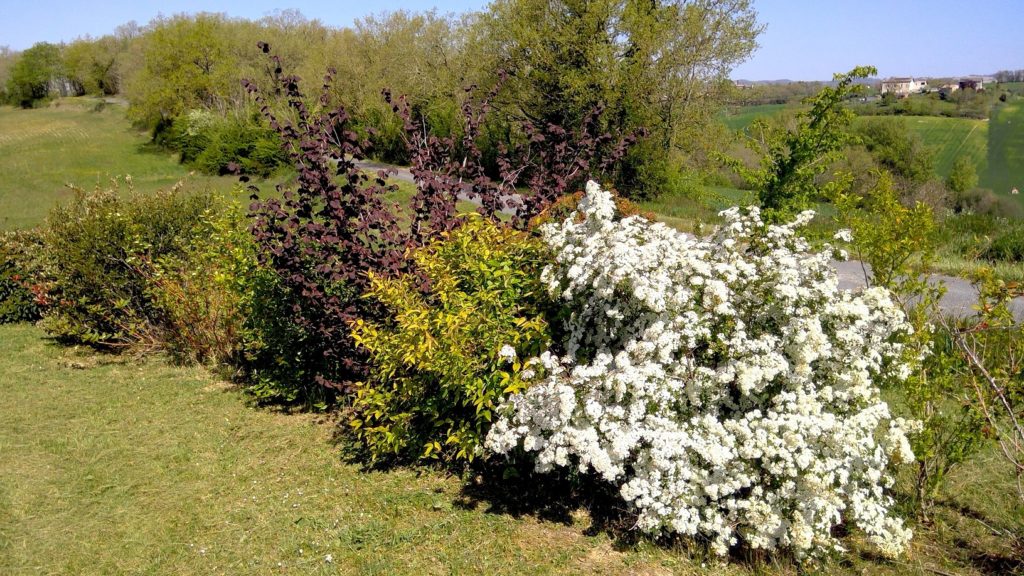
By then our hedge plants were fairly well-established, but the unprecedented long spell of dry weather was taking its toll, calling for regular watering. Though the sun had gone down, it was still stiflingly hot. The MDM was on watering duty, gazing up into the purple dusk trying to spot a UFO, not paying much attention to the garden hose in his hand. But as he moved further up the field, he glimpsed something on the grass under the bush he’d just soaked. Looking more closely he made out three baby hares – leverets. They were in their ‘nest’, a shallow indentation aptly named a ‘scrape’, fitted together, head to toe like slippers. They were almost invisible, having obviously paid attention to Maman Lièvre when she told them to flatten their ears and not to twitch a whisker throughout the long hours of her absence. So there they lay, freshly showered, their huge almond-shaped eyes standing out from their drenched fur. I was beckoned over, and we stood for a few moments in entranced silence. Obviously the temptation was to pick them up and take them back to The Cowshed for a cuddle and a saucer of warm milk. But, nature having its own laws, we knew we had to leave them where they were, praying the owl didn’t pay a midnight visit. The next morning all three were gone, which we took as a sign that Maman had decided to do a moonlight flit to a drier home with her three babes rather than contemplating a more bloody scenario.
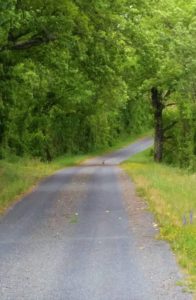
Another astonishing encounter with a hare occurred in the spring of 2021. Due to Covid, our quiet hamlet had become even more wild and unfrequented. I was ambling along the chemin as usual, pausing to admire the new foliage and the first traces of green on the fields, when a leveret hopped out, a couple of metres ahead. I immediately adopted a tree impersonation, resisting the temptation to get out the phone and take a picture. The babe hopped almost to my feet, then tilted its head. After staring at me for a few seconds, it suddenly performed a vertical take-off, leaping into the air from all four feet.
This impressive feat was followed by a virtuoso dance routine. It twirled, pirouetted, threw in more of those amazing standing jumps, turning to look coyly in my direction after each move. Nobody puts Baby Hare in the corner! I was so excited that when it took its final bow and shot off, I tried to capture it with the phone camera-too late!-then rushed to the neighbours to describe what had happened. Did hares dance? Had they ever seen anything similar? The answer was no, and the way they were eyeing me I got the impression they were wondering if I’d abandoned my usual croissant and coffee that morning in favour of a demi-saucisson and half a litre of vin blanc…
Others who gave a vote of approval to our hedge scheme were the deer, who, in later years, liked to breakfast on the new shoots of one of our most spectacular dogwoods. They were a rare sight, so we resisted putting up protective netting even though the dogwood ended up lopsided.

In charge of the meadow’s new look was our tree whisperer, Munns Le Magnifique. Along with his buddy, Patrick Le Pelletier, he dug out three long trenches marking our boundaries, then levelled off an area at the foot of the slope. This marked the first step of our next project – the Sunset Terrace.

Since the nightingale had returned to our garden in 2012, his favourite opera house was the fig tree at the bottom of the field. Our idea was to create a sheltered spot where we would be in the front stalls for the performance, as well as ideally placed to watch the spectacle of the sun setting behind the medieval village across the valley. Going for the Full Romantic, we planned a small olive grove next to the terrace, complete with poppies and wild thyme.
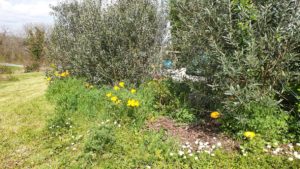
Neither the MDM nor I knew much about the best shrubs for hedges. Many local gardens were surrounded by magnificent thickets of box and yew, but as these had taken 150 years to grow, something faster was required.
We called a meeting with Le Magnifique who, as usual, had his own ideas. Each evening he would email a list of suggestions, and I would look them up on the internet. The result was three splendid mixed hedges, deciduous and evergreen, full of scent and colour. Most of the bushes were unfamiliar to us: silverberries, or oleasters, fragrant-leaved shrubs found near the Mediterranean; osmanthus, another scented evergreen, this one from East Asia; a variety of dogwoods; Cotinus, called the smoke bush in English, (no guesses for what their large flowers look like); Ligustrum, a variety of privet; Spirea, known by the lovely name of meadowsweet in English, covered with pretty sprays of pink and white flowers….the list went on.
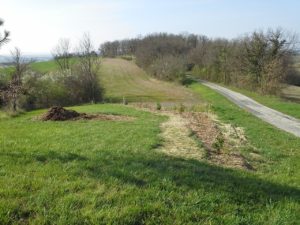
They didn’t look like much when they went in. The project was another big financial investment, so we’d opted for ‘slips’, fragile, twiggy things which gave no hint of their future splendour. In total, there were 56 of them, producing beautiful surprises over the years for all four seasons. Once they grew to maturity, we would stand on our hilltop, looking down at the meadow, listening to the rustle of leaves, imagining the hares sleeping in the moonlight and the deer crossing in the pale dawn, and hope that others, after us, would find the same pleasure in the sight, and perhaps see ghostly traces of our footsteps in the dew.
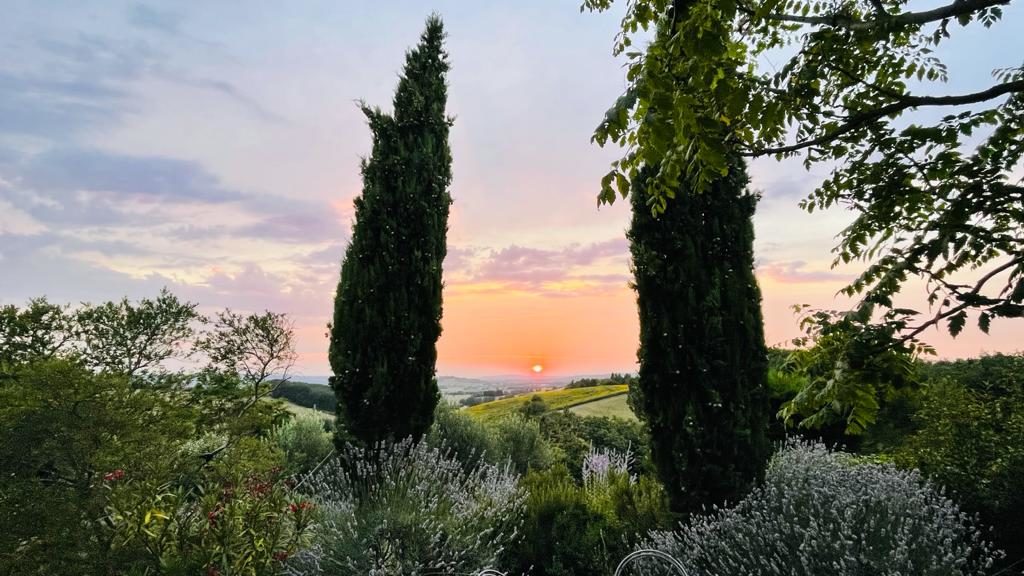
BOOK NEWS…..BOOK NEWS….BOOK NEWS
Fans of John Dolan will be thrilled to hear his latest book is out, and it’s a stunner. Land Of Red Mist, a work of historical fiction, completes the cycle of books which make up the 7- volume Time, Blood and Karma and Children of Karma series. Grab it here and here. For thriller fans who haven’t yet discovered this addictive series, start with the first book, Everyone Burns: ” a corker of a detective story…by the time I finished the novel, I was panting for more.” (Robert A. Cohen, Amazon review).
Happy reading!
P.S. In my last blog, July 2022, I was looking forward to building sandcastles in August with my great-nephews. The Fates intervened, and for the last two months I have been strapped up with a fractured humerus, unable to write or build sandcastles…the boys had fun, though! Happy to be back in the blogging saddle once more….carpe diem, and stay upright 😉
©Laurette Long 2022
